Veronique Daniels
Project Manager
KU Leuven
Veronique is an innovation manager at KU Leuven, covering the areas of molecular imaging and Parkinson’s disease. Veronique has a key role in valorising the research results and connecting with relevant industry partners, other academic groups and patient organisations. Additionally, she is managing the Leuven Viral Vector Core. Veronique completed her PhD in Biomedical sciences in the lab of Prof. Baekelandt. She pursued her research career as a post-doctoral scientists at UCB (Belgium) working on in vitro pharmacology and assay development. From 2015 to 2017, Veronique was employed as a Study Director at Toxikon Europe (Belgium) where she was devoted to consulting and management of extractables and leachables studies.
Teams
Themes
Tags






